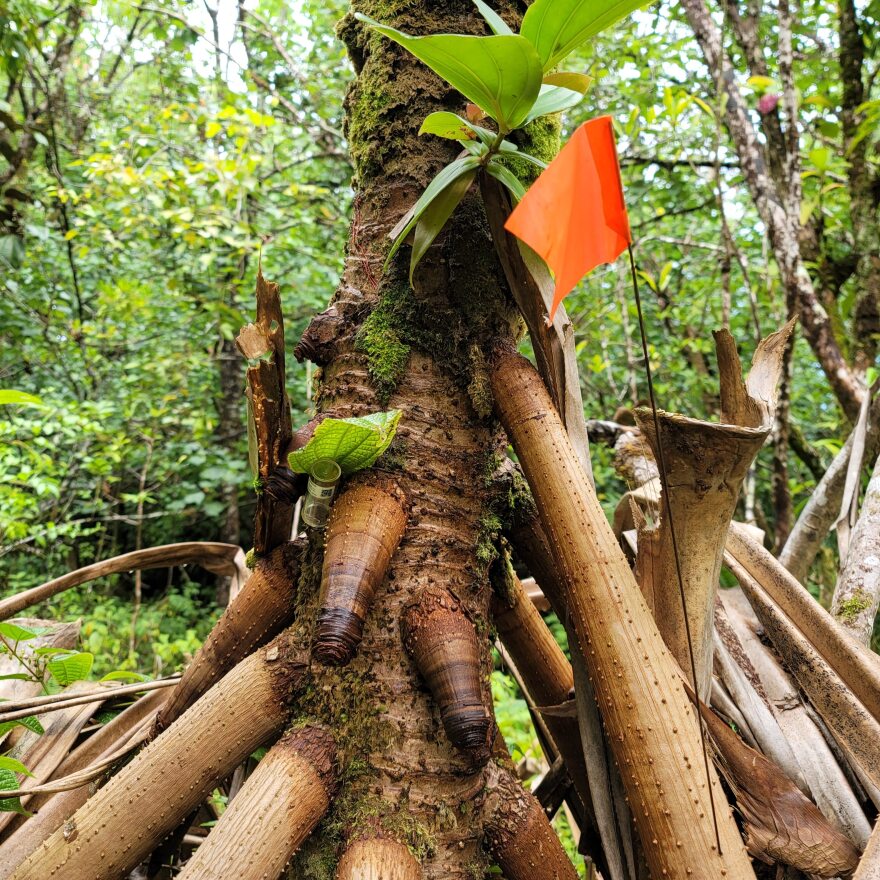It’s been several years since the Maui Invasive Species Committee took a big leap in the battle against the little fire ant — and so far, so good. A pilot project is showing signs of success in Nāhiku on Maui.
Named for their painful sting that can blind animals, the tiny ants nest on the ground and up in trees, threatening Hawaiʻi's economy and environment.
The MISC and the Hawaiʻi Ant Lab devised a strategy to spread what they think is a recipe for success in the seemingly impossible mission to beat back the little fire ant.
In 2019, the MISC started using helicopters to spray bait aimed at sterilizing ant queens and curbing the stinging pests. They hoped the pancake batter-like substance would drip down from the trees to the ground.
"It appears that the little fire ants have been wiped out, and we have ceased our aerial operation. Our last treatment was back in February of this year," said Brooke Mahnken, the invasive ant supervisor for the MISC.

"We're about two-thirds of the way through our big survey, which is a whole lot of effort, and we have not found any little fire ants so far during the survey. So my fingers are crossed that we have done it," he added.
The treated area in Nāhiku is about 175 acres and ranges from sea level to over 1,000 feet in elevation.
Crews have been navigating dense rainforests, vegetation and rivers to search for remaining ants.
"As far as we can tell, nobody has done this using this methodology and technique anywhere else in the world. And so it's a world first to use the gel bait from the helicopter in this rugged, wet terrain, and be successful at eradicating a large infestation of little fire ants," Mahnken said.

He said scientists will need to survey for several years to confirm that the ants are totally wiped out.
The MISC estimated that each treatment cost between $10,000 and $15,000 for the helicopter, the bait and the personnel. They did 24 treatments over three years.
"We have fortunately been funded adequately by our county," Mahnken told HPR. "That is what has enabled us to attack the largest infestation in the state outside of the Big Island."
He said there's an opportunity for other islands to get the same bait treatment.
"I sure hope that authorities and people that have the ability to fund those projects are aware that the life on those islands is going to change dramatically if they don't get out there and make sure that this work happens."
October is also Stop the Ant Month in Hawaiʻi. Click here to learn more.

This interview aired on The Conversation on Oct. 18, 2023. The Conversation airs weekdays at 11 a.m. on HPR-1. Sophia McCullough adapted this story for the web.





